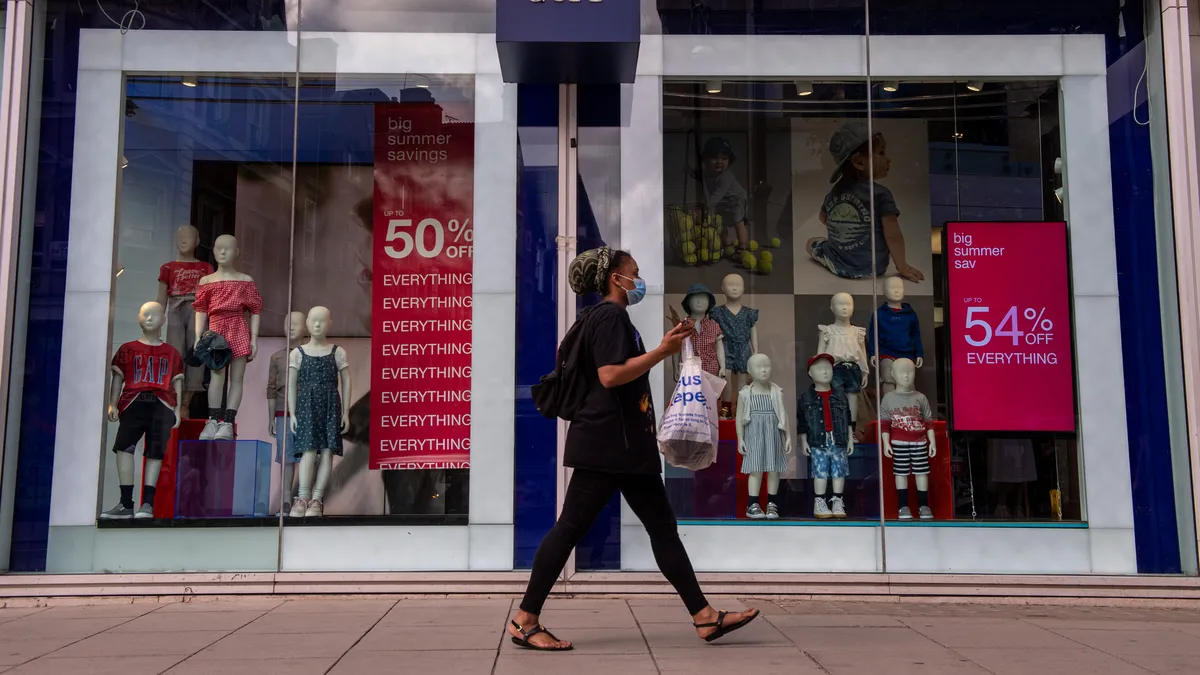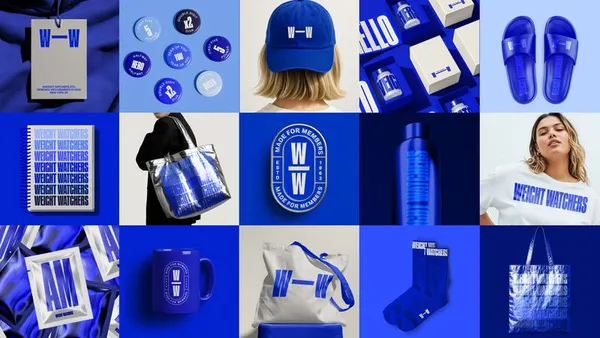Dive Brief:
- Gap has hit pause on its retail media unit that sells ads after just over a year, Business Insider reported. The company confirmed the news in an email to Marketing Dive.
- Unveiled in February 2022, GPS Media was intended to help the embattled retailer attract brands interested in placing ads on Gap’s website that could be targeted with first-party data. Gap now plans to direct more resources toward areas like logistics and fulfillment.
- Forecasts suggest retail media will be one of the fastest-growing channels this year. However, a large chunk of investments flows to just a handful of platforms, making contraction an area to watch.
Dive Insight:
Most of the headlines around retail media center on growth, with the category’s momentum defying an otherwise weak digital advertising market. Gap pumping the brakes on GPS Media after barely a year demonstrates that retailers launching ad sales units is no surefire bet, even for companies that have established e-commerce know-how. The pivot aims to help Gap support business-to-business offerings closer to its core, like a GPS Platform that provides warehousing and logistics services.
Gap’s problems with GPS Media might have stemmed from its narrow focus. Rivals like Amazon, Walmart Connect and Target’s Roundel offer a wider product assortment, according to Lindell Bennett, chief revenue officer of Cooler Screens. Bennett added that Gap’s specific value proposition wasn’t clear in the face of such behemoths and because the retailer’s reputation is as a consumer brand first.
“[I] don't know what assets Gap has to differentiate itself in a crowded market,” said Bennett in emailed comments. “Is it their audience? Is it data? At the core of the issue, though, is that I find it hard to see how brands could use Gap to amplify their own brand or data strategies, since Gap is about Gap, not other brands.”
Gap has faced growth struggles in recent years. Parent company Gap Inc. experienced declines across its brands, which also include Banana Republic and Athleta, in the key fourth quarter. The firm has enacted major cost-cutting measures and executive shakeups in search of a turnaround.
Retail media is valued by advertisers because it allows them to place messages closer to the point of sale while promising greater precision through first-party data. For retailers contending with a volatile economy, it’s also appealing as an additional income driver. WARC expects retail media will grow 10.1% this year to hit $122 billion in global revenue, making it the fastest-growing marketing channel.
The retail media playing field has rapidly expanded to include dozens of networks from players ranging from big-box stores to niche retailers. Other categories, including travel and hospitality and ride-hailing, have adopted the media network concept as they try to better monetize properties like apps, loyalty programs and websites.
GPS Media’s stumbles indicate that not all these bets may be long-lived, especially as more mature retail media networks fortify their dominance thanks to scale and technological sophistication.














